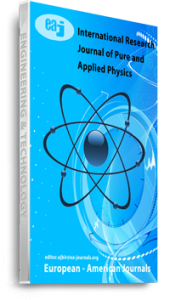This study was aimed at evaluating the level of knowledge, types, and Potential hazards of non-ionizing radiation among final year students of college of medical science, University of Maiduguri. A prospective cross sectional survey study was conducted among final year students of college of medical sciences, for 6 months periods, March to August, 2014. A total of 335 structured 12 items self-completion questionnaires were randomly distributed to participants and 312 were filled out and returned, with a response rate of 93.1%. Data was analyzed using descriptive statistics, where mean, percentages and frequencies where computed There were about 184, (59%) male participants and 128, (41%) female participants in the study with age ranged from 21 to 45 years with mean age of 28years. Majority of the respondents were within the age group of 21-26 years with 171, (54.8%). The department of MBBS/BDS had 122 (39.1%), BMLS had 61 (19.6%), Radiography had 52 (6.7%), Nursing Science had 38 (12.2%), physiotherapy had 20 (6.4%) and Anatomy had 19 (6.1%) number of participants. Majority of respondent, 162 (51.9%) wrongly thought ultraviolet ray, microwaves, radio waves and Extremely Low Frequency radiation are types of ionizing radiation. While 108 (34.6%) knew they are types of non-ionizing radiation. About 153 (49%) wrongly believed that ultrasonography (USS) and Magnetic Resonance Imaging (MRI) uses ionizing radiation for diagnosis, while 139, (44.6%) knew they do not use ionizing radiation, and 20 (6.4%) did not know. Majority of the respondents 247 (79.2%), knew that excessive exposure to non-ionizing radiation could be hazardous. This study found insufficient knowledge on non-ionizing radiation and their types among final year students of college of medical science, however, participants were seen to have appreciable knowledge on potential hazards of non-ionizing radiation.
Keywords: Final year, Ionizing radiation, Non ionizing radiation, Radiation, Student

